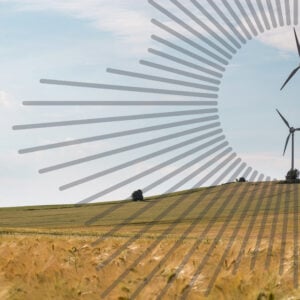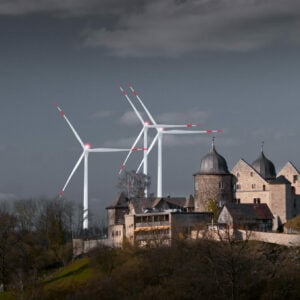
Hands-on Science Exhibition a Hit in Russia

The „Behind Mirrors“ exhibition presents 40 interactive installations.
Here, visitors can explore the laws of physics hands-on.
For example, in this exhibit, one learns about the laws of hydrodynamics.
[Kiril, Visitor]:
“As the blades rotate, the water has no escape in the compressed space, and so a small current is created.”
And here at a real lab, one can create one’s own kaleidoscope.
[Vitya, Visitor]:
“Creativity is what’s needed here in order to create it all.”
One can also learn how to turn mechanical energy into electricity.
For example, these “dancing trees” are made of magnets and are covered with metal chips. When the voltage changes, the chips also change their position.
But if one feels puzzled by it all, no assistant here will give you a straight answer. You need to figure it all by yourself.
[Alexey Terehanov, visitor of the exhibition]:
“You need to put your hand in the water and look into the mirror. As stated in the instructions, the hand should appear dry in the mirror. However, I don’t know how it works yet, I have to read further.”
[Museum Visitor]:
“I like everything here.”
The exhibition is inspired by Professor Richard Gregory, who created the Bristol Exploratory Science Center in UK.
His intention was to introduce children and adults to science and technology using hands-on interactive displays.
NTD News, Saint Petersburg, Russia
 NTDTV
NTDTV



























vielen Dank, dass Sie unseren Kommentar-Bereich nutzen.
Bitte verzichten Sie auf Unterstellungen, Schimpfworte, aggressive Formulierungen und Werbe-Links. Solche Kommentare werden wir nicht veröffentlichen. Dies umfasst ebenso abschweifende Kommentare, die keinen konkreten Bezug zum jeweiligen Artikel haben. Viele Kommentare waren bisher schon anregend und auf die Themen bezogen. Wir bitten Sie um eine Qualität, die den Artikeln entspricht, so haben wir alle etwas davon.
Da wir die Verantwortung für jeden veröffentlichten Kommentar tragen, geben wir Kommentare erst nach einer Prüfung frei. Je nach Aufkommen kann es deswegen zu zeitlichen Verzögerungen kommen.
Ihre Epoch Times - Redaktion